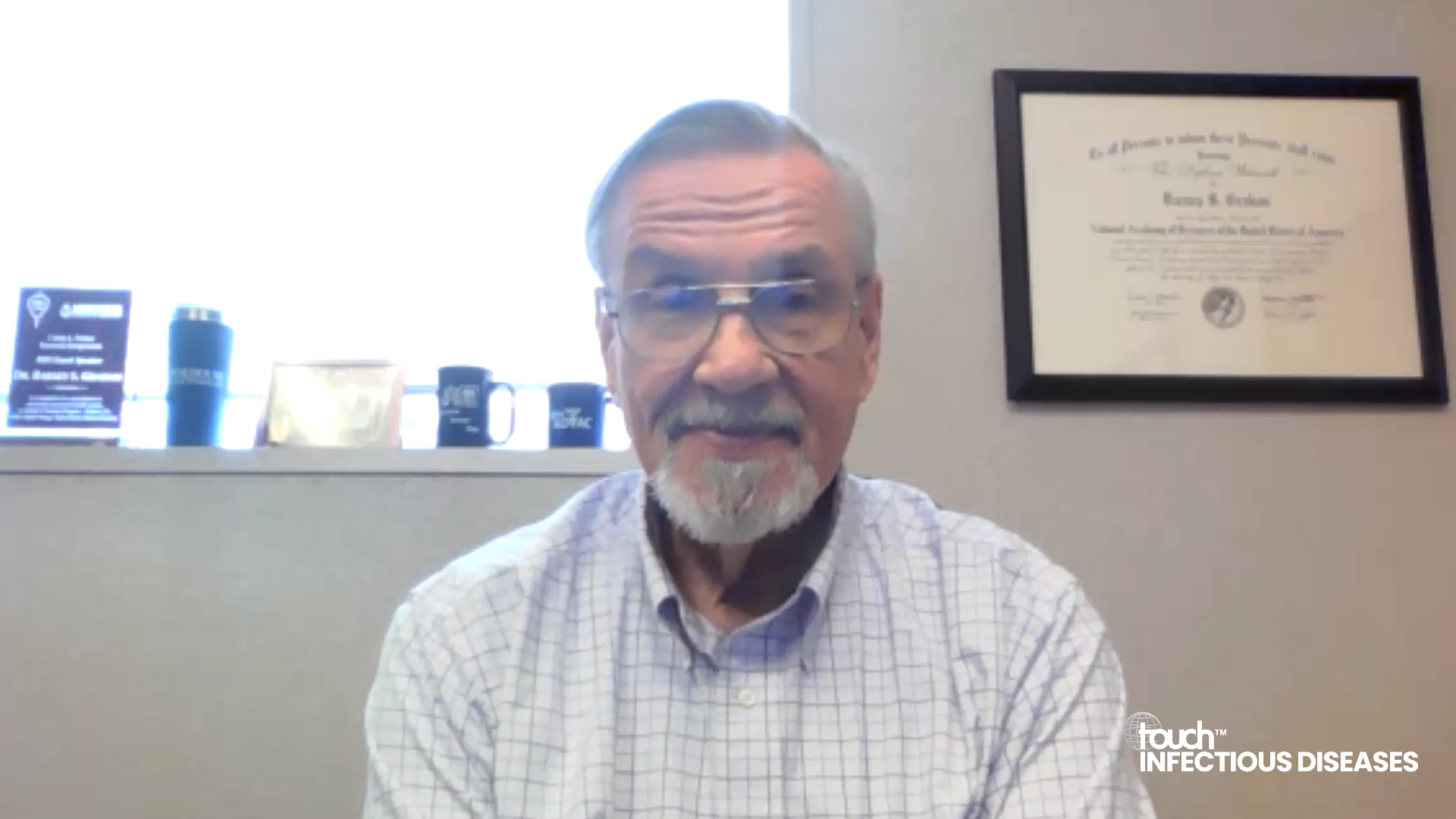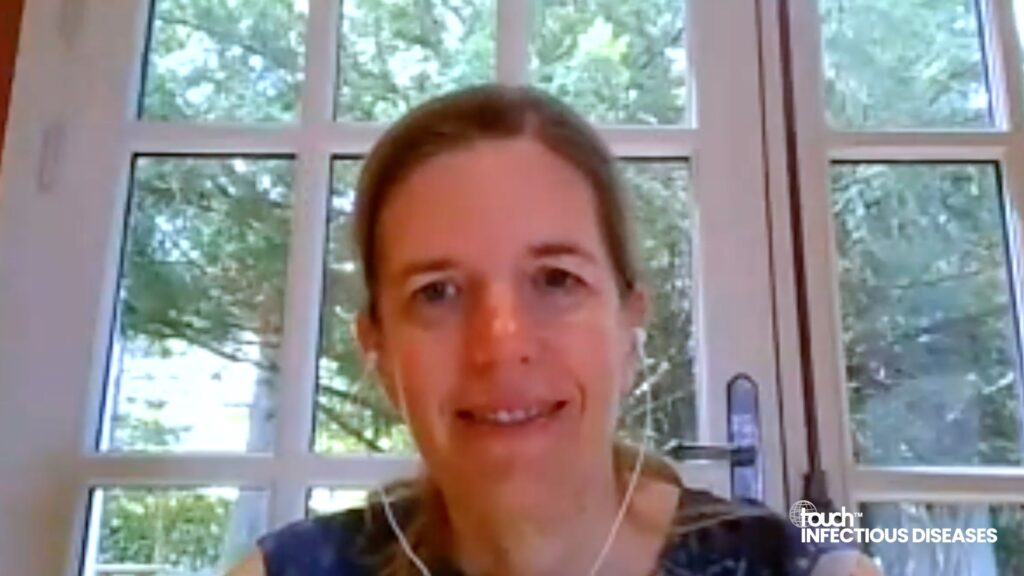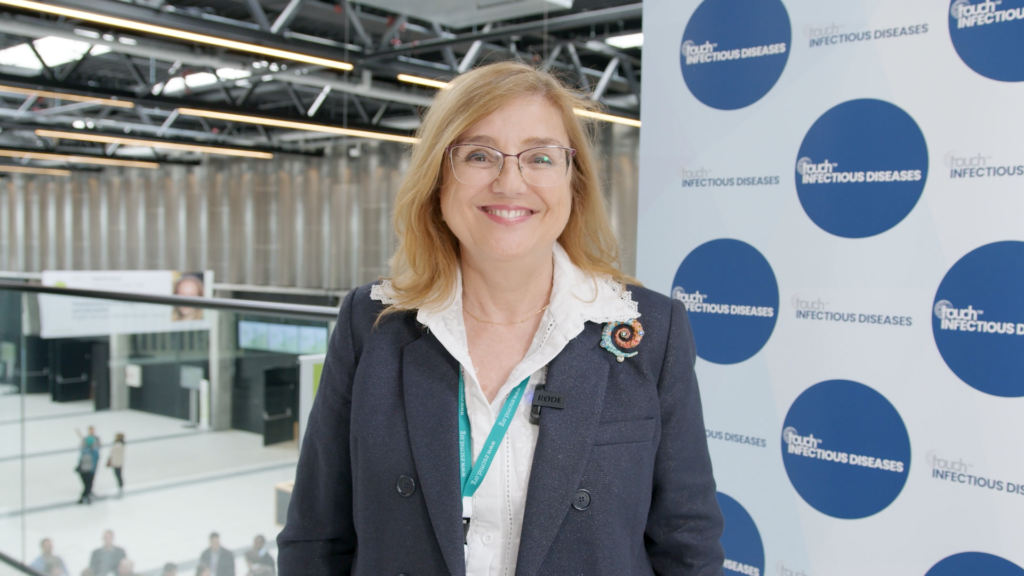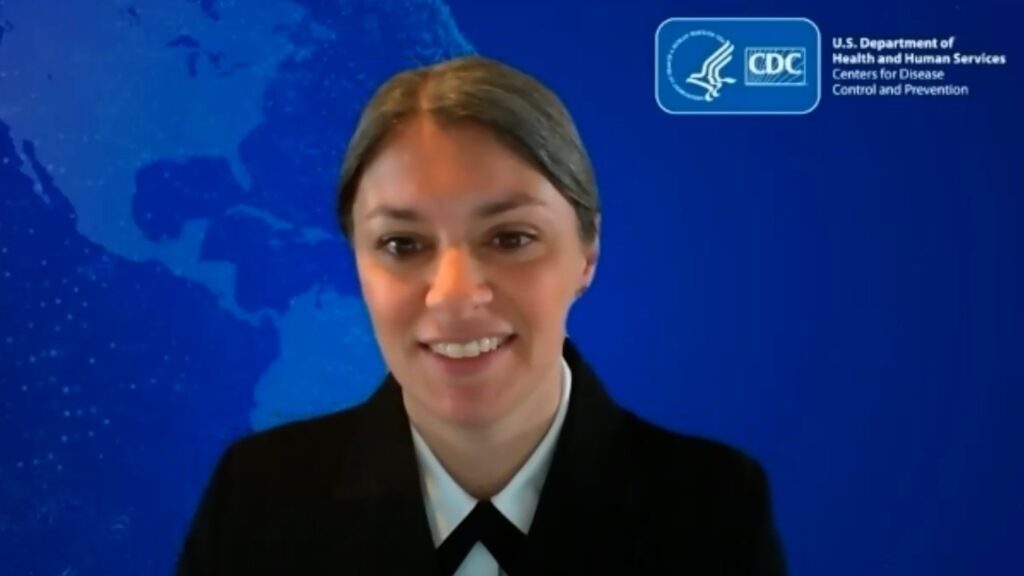touchINFECTIOUS DISEASES coverage of data presented at CROI 2024
HIV vaccine research and the development of cross-disease vaccines for other pathogens have key similarities. Prof. Barney Graham, Professor of Medicine and Microbiology by Chemistry and Immunology at Morehouse School of Medicine Atlanta, GA, USA highlights the cross-application of structure-based antigen design and mRNA technologies from HIV vaccine research to respiratory syncytial virus (RSV) and COVID-19 vaccine developments. Prof. Graham illustrates the progress in vaccine technology encouraging further innovations across diseases, particularly emphasizing the potential of precision and speed in vaccinology for pandemic preparedness and HIV research.
Prof. Graham critiques the global response to the COVID-19 pandemic, pointing out the failure to address it as a worldwide issue that particularly affected low-income countries. He advocates for a global approach to health crises, emphasizing that neglecting diseases in any region can have worldwide repercussions, calling for proactive measures against regional diseases to prevent future pandemics, suggesting that developing vaccines for small markets, for diseases such as Rift Valley fever, and Congo viral haemorrhagic fever, could be key. He stresses the importance of global collaboration and investment in pandemic preparedness, arguing that effective response mechanisms and vaccine development for emerging threats are crucial for global health security.
Catch up: Prof. Barney Graham shares his insights on HIV vaccine advance from CROI 2024
Disclosures: Barney Graham is a consultant for Pfizer, AstraZeneca, GSK, and ExeVir; is on the advisory board for VaxCo, Inc., and Third Rock Foundry; and is also an inventor on patents for RSV, COVID, influenza, Nipah virus, Ebola vaccines, or monoclonal antibodies or both.
This content has been developed independently by Touch Medical Media for touchINFECTIOUS DISEASES and is not affiliated with the Conference of Retroviruses and Opportunistic Infections (CROI). Unapproved products or unapproved uses of approved products may be discussed by the faculty; these situations may reflect the approval status in one or more jurisdictions. No endorsement of unapproved products or unapproved uses is either made or implied by mention of these products or uses by Touch Medical Media or any sponsor. Views expressed are the speaker’s own and do not necessarily reflect the views of Touch Medical Media.
Transcript:
I’m Barney Graham. I’m Professor of Medicine and Microbiology by Chemistry and Immunology at Morehouse School of Medicine in Atlanta, Georgia, and the Director of the David Satcher Global Health Equity Institute at Morehouse.
How HIV vaccine research informs other vaccine development
Just as HIV research has motivated other vaccine development programs, now vaccines for other pathogens are informing HIV research.
The structure-based antigen design, effective for RSV, originated from HIV research. Clinical proof that this approach works at the atomic level for RSV has spurred further research into HIV and coronavirus. Similarly, demonstrating that mRNA is a safe and effective vaccine delivery method has reinvigorated interest in applying mRNA technologies to HIV research.
The coronavirus spike protein has 24 glycans per protomer, which, while not as heavily glycosylated as the HIV envelope, still represents significant glycosylation. Therefore, understanding the role of glycosylation in the antigenicity of coronavirus could inform similar research for HIV. Additionally, developing better influenza vaccines to address immunodominance and antigenic diversity could offer insights applicable to HIV research. New vaccine efforts are using new technologies that will inform both other pathogens those that have been formed by HIV. Modern vaccinology is going to be characterized by precision and by speed.
Universal health strategies
These efforts are largely driven by the need for pandemic preparedness and response to threats. However, it’s not just speed but also precision that will advance HIV research and address other non-chronic issues lacking precise solutions. Therefore, the precision with which tasks are undertaken truly aids in tackling HIV and other unmet healthcare challenges. We didn’t do a very good job of addressing coronavirus as a global problem. It was as if you focus all your efforts only in the high income countries, you are allowing a variance to develop in, and loss of life in developing countries. So it is incumbent, and in everyone’s best interest to address these problems or its global problems, not just our own. I think that message was so clear during COVID-19 pandemic, and I hope we can act on it going into the future because healthcare disparities have been an issue for many, many years, but it was really dramatized during coronavirus to show how universal health strategies are important for all diseases, but in particular, pandemic diseases.
Diminishing regional diseases before they become global threats
If we don’t address it everywhere, we all are going to suffer the consequences. And as we prepare for new pandemic threats going forward, we need to understand that all pandemic threats come from regional diseases, and many regional diseases, and most health threats come from places of high biodiversity, places that exist around the equator, in tropical areas where there’s a lot of forests. Therefore, addressing the regional problems ahead of time, would have an advantage for all of us.
If we can solve the regional problems before they become global problems, it is in everybody’s interest, including the high income countries. And usually, when these problems arise, even though they may arise in low income countries, they’re usually discovered and diagnosed, and the alarm bells go off when they reach high income countries. So both in terms of timing and rapid response and, diminished development of variants – all those reasons addressing the pandemic threats while they’re still regional problems is in everyone’s best interest. Some of the bunyavirus diseases such as Rift Valley fever, that is presenting in Africa, and Congo viral haemorrhagic fever. Those these kind of potential threats are still relatively regional. They’re only pandemic threats. They’re not pandemic problems.
It’s not likely that high income countries or commercial entities are going to solve those problems because the market for these solutions is not large. So one of the things I think the world has to figure out is how do you make a business plan for a small market vaccine. If we could figure out a business model that would allow a Rift Valley fever, or a Congo haemorrhagic fever vaccine to be made when it’s only going be given maybe to a hundred thousand or a million people a year, that would be something that’s a viable approach.
Then we can empower regional investigators to look for solutions with some of these new technologies like RNA and structure based design. In addition to facilitating regional manufacturing where it can be a small market using technologies like mRNA, which is a small footprint, small batch type of manufacturing using chemical synthesis, and we now have other approaches that can solve these kinds of problems if there was the political will during peacetime – during the time in between pandemics – and that’s the place where you can build trust, and that’s the place where you can build effective collaborations. If you only try to solve these problems during the crisis, it’s very hard to build trust quickly, and it is hard to solve these problems quickly enough if you haven’t already established the infrastructure globally.
During the coronavirus pandemic, some economists estimated that we were losing a billion dollars an hour out of the global economy at some points during the coronavirus pandemic. In the kind of work that we need to do globally to prepare for future pandemics, it could probably be measured in the two to three billion dollar a year range. Therefore, figuring out ways to convince the people who control the policies and the funding that a two to three billion dollar investment per year to prepare for future pandemic threats.
Whether that money comes from high income countries, and the work is done in low income countries, I think convincing policy makers and funders that investment is a good investment and winning a cost effective investment is one of the challenges ahead of us. I don’t really know how to solve that problem, but somehow, we have to get a people’s attention or at least conversation.
Interviewer/Editor: Katey Gabrysch
Cite: Graham B. Pioneering HIV vaccine research through regional advances and vaccine equity. touchINFECTIOUSDISEASES, March 26 2024.







